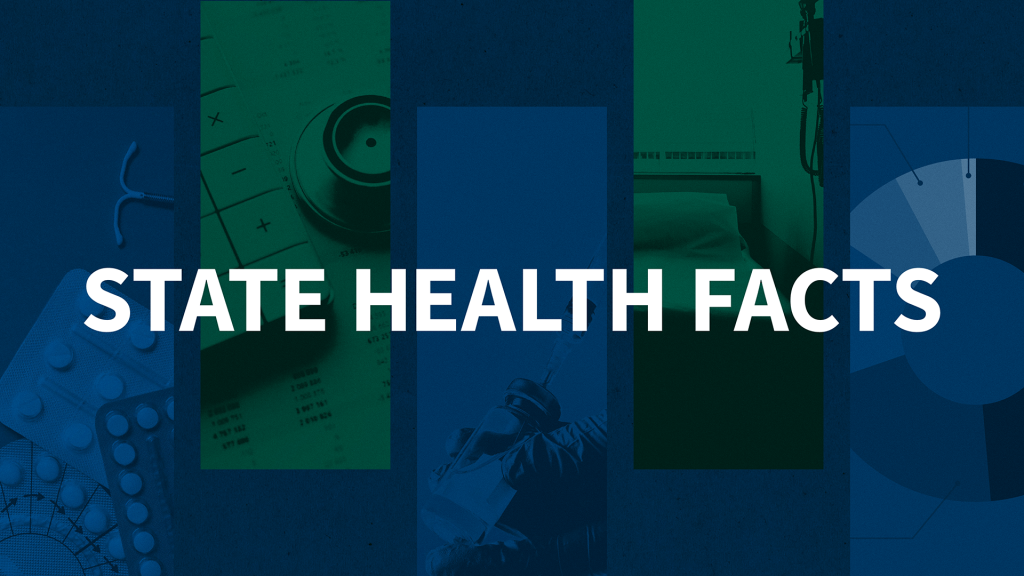Access Uncertain for New Injectable PrEP as the Affordable Care Act’s (ACA) Open Enrollment Begins
This analysis examines access to, and consumers ability to find information on, a new twice annual long-acting PrEP drug during the first ACA open enrollment period since its approval. Despite the drug widely being considered a major advance, early evidence suggests that insurance coverage and benefit design decisions may create barriers to access.
